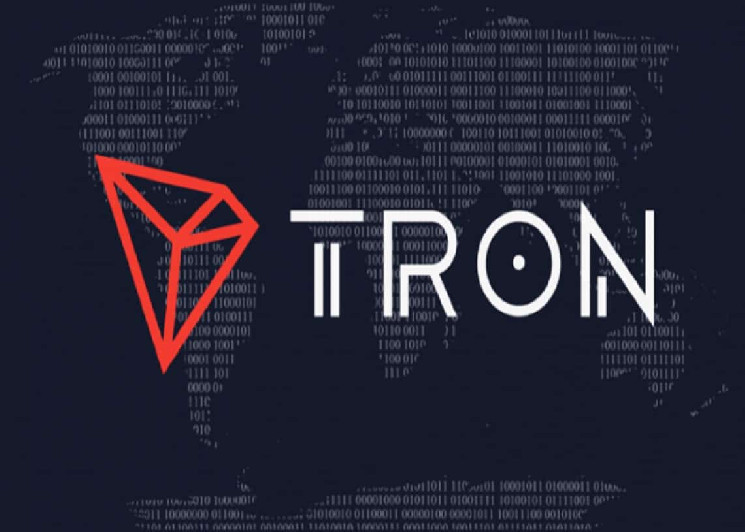DeFi regulation has been a contentious issue for regulatory bodies worldwide, and a recent paper authored by Rebecca Rettig, Katja Gilman from Polygon Labs, and Michael Mosier from Arktouros provides a strategy to classify truly decentralized DeFi protocols as critical infrastructure. This proposal would place DeFi protocols under the oversight of the US Treasury’s Office of Cybersecurity and Critical Infrastructure Protection (OCCIP).
By categorizing genuine DeFi protocols as critical infrastructure, the OCCIP can play a crucial role in strengthening the security and resilience of the financial services sector. This classification would not automatically deem DeFi protocols as “financial institutions” regulated by the Bank Secrecy Act (BSA), as OCCIP is not bound by BSA regulations and is not limited to working solely with financial institutions.
The paper also suggests that aligning genuine DeFi systems as “critical infrastructure” with OCCIP’s efforts to establish regulatory measures for neutral software would benefit from industry and regulator collaboration. This collaboration could enhance ongoing initiatives in the DeFi sector, such as cybersecurity frameworks, information sharing and analysis centers (ISACs), and risk mitigation tools.
Despite the potential benefits of such classification, unclear regulations continue to pose barriers to the expansion of DeFi. Regulatory uncertainty in the US has led to a drop in DeFi activity in North America. Regulatory bodies like the Commodity Futures Trading Commission (CFTC) have highlighted the lack of clear accountability in DeFi systems, which presents various risks for investors and consumers.
In response to these challenges, the CFTC has emphasized the importance of policymakers understanding DeFi better and conducting mapping exercises to determine the applicability of existing US regulations to financial products and services offered by DeFi projects. These efforts can help address the regulatory uncertainty surrounding DeFi and pave the way for its continued expansion.









